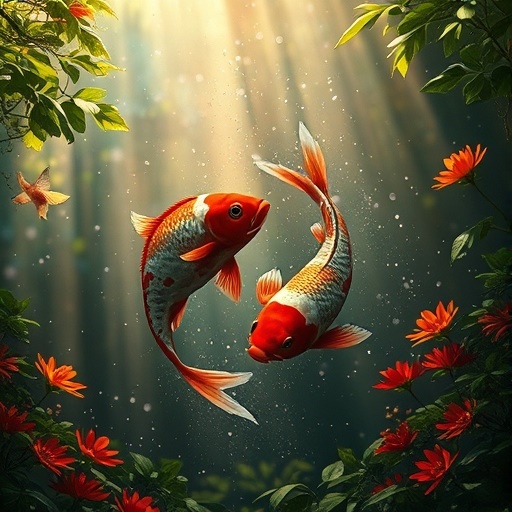Koi fish, known for their vibrant colors and striking patterns, are more than just a beautiful addition to garden ponds; they carry profound cultural significance and require careful, knowledgeable care. Originating from Japan, koi (or Nishikigoi) have been bred for centuries, evolving from common carp into the stunning, multicolored varieties we admire today. These fish are cherished as symbols of perseverance, prosperity, and good fortune, making them popular worldwide among both casual hobbyists and dedicated breeders.
History and Symbolism of Koi
Koi fish have a long history that dates back over 1,000 years to China and later Japan, where selective breeding turned them into ornamental fish with brilliant hues. Each color variety can have specific meanings. For instance, red koi often symbolize love and energy, while gold koi represent wealth and prosperity. Black koi are associated with overcoming adversity, making them especially revered in stories of resilience and triumph.
Essential Aspects of Koi Care
Caring for koi fish requires commitment and understanding to ensure they thrive. These fish can grow up to three feet long and live for several decades, with some even surpassing 50 years under optimal conditions. Here are essential elements to consider when caring for koi:
- Pond Size and Environment: Koi need space to swim freely and grow. A pond depth of at least three feet is recommended to provide enough room and maintain a stable temperature. The ideal environment should include shaded areas and vegetation, which mimic their natural habitat and help prevent overheating during warm months.
- Water Quality: Maintaining high water quality is paramount for koi health. A well-filtered pond helps keep ammonia and nitrate levels low, preventing potential illnesses. Regular water testing and cleaning are essential to monitor pH levels (ideally between 7.0 and 8.0), temperature, and dissolved oxygen content.
- Feeding: Koi have diverse dietary needs. High-quality koi pellets supplemented with fresh vegetables, fruits, and protein sources like shrimp provide balanced nutrition. Overfeeding can lead to poor water quality, so it’s crucial to feed only what they can consume in a few minutes.
- Seasonal Care: Koi are cold-blooded, meaning their metabolism slows down as temperatures drop. In colder seasons, reduce feeding and monitor the pond’s ice levels to maintain oxygen flow. Proper aeration or a de-icer can prevent ice from completely covering the surface and depriving the koi of oxygen.
Popular Koi Varieties
Koi come in many varieties, each appreciated for its unique combination of colors and markings. Some of the most popular types include:
- Kohaku: Known for their bright white bodies and red (hi) markings, they are one of the most beloved and classic varieties.
- Showa: Black-bodied with red and white markings, Showa koi have an elegant, balanced appearance.
- Sanke: Similar to Kohaku but with additional black patches, creating a distinctive three-color pattern.
- Ogon: Metallic koi with a single color, such as gold or platinum, admired for their shimmering scales.
The Appeal of Koi Keeping
The allure of koi goes beyond their stunning appearance. Observing koi glide gracefully through water can be a calming and meditative experience, making them a cherished addition to garden ponds. Their long lifespans allow owners to develop deep connections with these fish, turning koi-keeping into a lifelong passion.
Whether you are an experienced aquarist or a newcomer interested in starting your own koi pond, understanding the dedication needed to maintain their well-being will ensure that these majestic fish continue to thrive as symbols of strength, resilience, and beauty.

